The Volkswagen (VW) ID.3 hatchback, introduced in 2019, is considered one of the best-selling electric vehicles (EVs) in Europe, and has opened an interesting chapter in the EV market that will see many more models by 2030. The ID.3 is VW’s first fully electric vehicle launched in the “ID.” family and represents “a new age of electric mobility for all.”
The ID.3 highlights the turnaround initiated by the German company to transition from combustion engines to battery EVs across its brands, while reinforcing its manufacturing platform strategy. The ID. class of vehicles is called VW’s third major chapter, following the very successful and iconic Beetle and Golf. Underlying the development, of course, is the need to comply with global emissions regulations.
The Volkswagen Group moved to a modular platform strategy several years ago that enables the company to share modules and systems across brands and models. One of the most recent is the MQB flexible modular platform, introduced in 2012, which is designed to share as many components as possible between the various brands while still leaving ample room for customization and compatibility with a wide range of engine types. It also can adapt to the dimensions of different models, thanks to the possibility of varying the wheelbase (the distance between the front and rear wheels) and the width of the platform. The platform system targets transverse, front-engine, and front-wheel-drive vehicles.
This manufacturing philosophy has been transferred to the production of fully electric vehicles with the new MEB (modular electric drive matrix) platform, matching the design requirements for e-mobility. Some of the first electric vehicles built on the MEB platform include the ID.3 for the European market and ID.4 crossover, which will be sold in the U.S. and Asia.
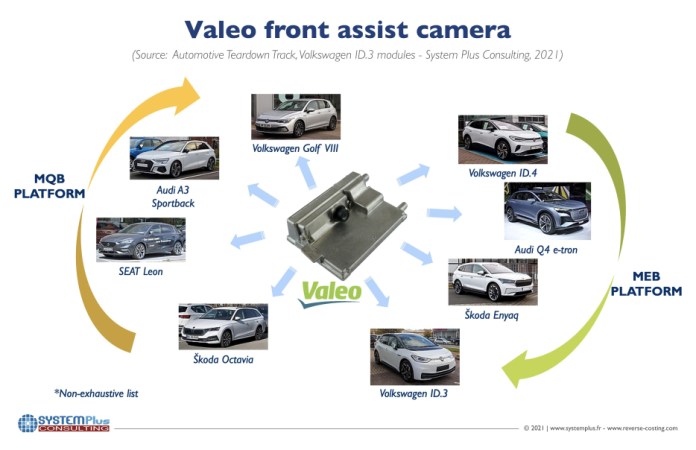
Figure 1: Volkswagen’s MEB and MQB platforms. Click the image above to enlarge (Source: System Plus Consulting)
The MEB platform is a scalable architecture that has been created exclusively for EVs and will underpin all EV models from other VW Group brands. It has also been licensed for use by Ford. This recently confirmed agreement is crucial in helping VW recover its huge development costs and will allow it to keep prices low through economies of scale.
One of the key factors impacting the adoption of EVs is cost. Consumers don’t want to pay a price premium. The shared design elements in the VW platform strategy offer key advantages, including purchasing power and speedier development, resulting in lower costs while delivering a rich set of technical solutions, all needed to drive the adoption of EVs.
In an interview with EE Times, Romain Fraux, CEO, System Plus Consulting, discussed the key hardware innovations implemented on the compact and economical ID.3 EV. On the strength of modular creations, the Volkswagen Group has created several models from different brands that share the same base.
From the Volkswagen Golf to the SEAT Leon to the Audi A3 Sportback and Škoda Octavia and others, the MQB platform is what sets it apart, and now, this construction philosophy has been transferred to the production of electric cars by the Teutonic Group with the new MEB platform, especially for the ID.3 and ID.4 versions, Fraux said. An ambitious objective, it is a commercial challenge that exploits a technology designed to cut costs and create products that are always up-to-date, he added.
The greatest benefit of a modular platform is that it allows certain parts to be standardized so that they can be used for all possible model variants, Fraux said. “We are talking about structural parts, support elements, and also the modules that make up the actual floorpan and, above all, the mechanics, engines, gearboxes, transmission, and equipment.”
The MEB platform provides flexibility in body and interior designs that are decisive for the stylistic character of the vehicle, such as the wheelbase. It also delivers a scalable battery system with various possibilities for the battery layout. The battery pack can have either a 5 × 2-cell or a 6 × 2-cell structure; not every cell necessarily has to contain a battery module.
Fraux examined two key systems in the ID.3, the first model to be built on the MEB platform: the advanced driver-assistance systems (ADAS) and electrification, as shown in Figure 2.
“For ADAS, we analyzed the front assist with Valeo’s last generation camera and mid & short range radar by Continental,” he said. “The forward-collision warning system [included in front assist] can help monitor traffic and can alert you acoustically and visually to a potential rear-end collision with the vehicle moving ahead. For ADAS, there is the Hella RS4 for blind-spot monitoring, lane-change assist, and rear cross-traffic alert.”
“For electrification, we analyzed the inverter, the on-board charger, and the battery management system [BMS],” he added.
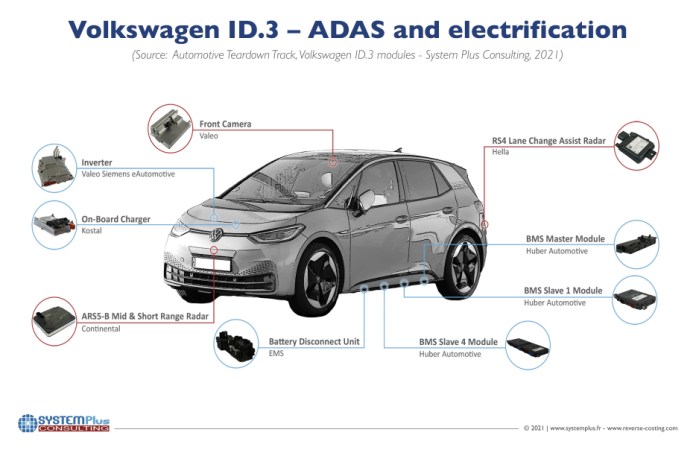
Figure 2: Main ADAS & electrification systems analyzed. Click the image above to enlarge (Source: System Plus Consulting)
ADAS solutions
The ID.3 is equipped with a wide range of driver assistance systems. Considered a Level 2 ADAS, the ID.3 leverages the same suppliers and, in most cases, the same components as the Golf 8, previously evaluated by System Plus Consulting, built on the MQB platform.
There were no surprises in the camera systems, said Fraux. “We can see that the design of the cards are a little bit different but the choice of components are similar.”
The forward collision warning (included in front assist) system can help monitor traffic and alert the driver acoustically and visually to a potential rear-end collision with the vehicle moving ahead. If it senses that a collision is imminent, autonomous emergency braking (included in front assist) can support the driver with increased brake pressure or, if the driver does not react at all, it can apply the brakes automatically.
The pedestrian monitoring (included in front assist) feature can warn of pedestrians crossing in front of the vehicle and, under certain circumstances, can brake automatically to help mitigate the outcome of a collision with a pedestrian if the driver doesn’t respond to the warnings
Using the same camera as the Golf 8, the front camera assist consists of Valeo’s latest generation front camera board with Intel/Mobileye EyeQ4M, OmniVision’s OV10642 CIS 1.3 megapixel (MP) sensor, and Renesas’s RH850/P1H-C Series 32-bit microcontroller (MCU).
The 1.3-MP sensor supports an active array of 1280 × 1080 pixels and RAW image output up to 60 frames per second. The RH850/P1H-C Series features 32-bit with dual-core CPUs, security technology, code flash, data flash, RAM modules, DMA controllers, many communication interfaces that are used in automotive applications, A/D converters, timer units, etc.
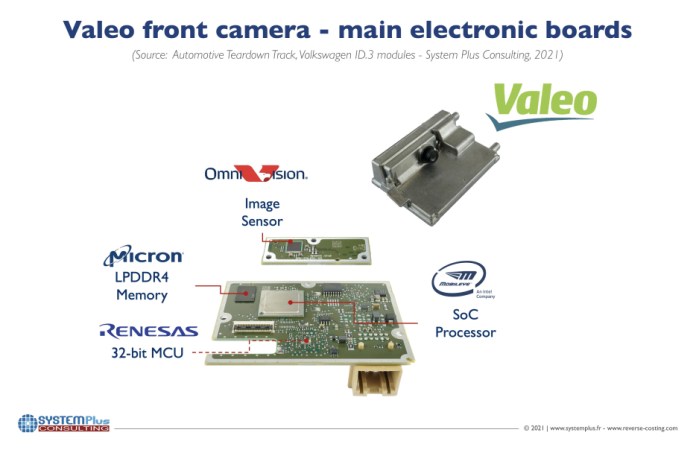
Figure 3: Valeo’s front camera board. Click the image above to enlarge (Source: System Plus Consulting)
Front radar features Continental’s fifth generation 77-GHz technology with a two-board design. It consists of the NXP’s single-chip MMIC 3Tx4Rx in a WLCSP and 32-bit MCU. One board is used for computing control and the other for the sensing.
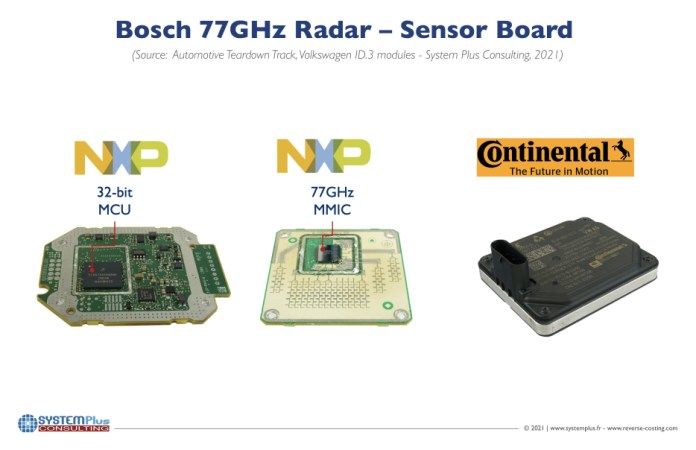
Figure 4: Continental’s front assist radar system. Click the image above to enlarge (Source: System Plus Consulting)
Similar to the Golf 8, the Hella RS4 features blind-spot monitoring, lane change assistant and rear cross-traffic alert. The board consists of the TC26x TriCore MCU from Infineon and the STRADA431 MMIC from STMicroelectronics. The STRADA431 is a single-chip transceiver for automotive radar that covers the frequency band from 24 to 24.25 GHz in order to be compliant with ISM band applications.
Electrification systems
The powertrain system of an EV involves several solutions, from the on-board charger to the battery and its management system. Today’s battery drives the overall cost, and this is mainly determined by the cost per cell and its mechanical protection casing.
The four main parts of the ID.3’s electrical systems are the DC/DC converter from Bosch, the battery management system (BMS) from Huber Automotive, the inverter from Valeo-Siemens, and the on-board charger from Kostal (Figure 5). The ID.3 is equipped with a motor mounted just in front of the rear axle and a single-speed transmission and uses an APP 310 brushless permanent magnet electric motor. The abbreviation “APP” means that the motor and transmission are arranged parallel to the axles, while the number represents the maximum torque, capable of generating 310 Nm. This number gives an idea of acceleration.
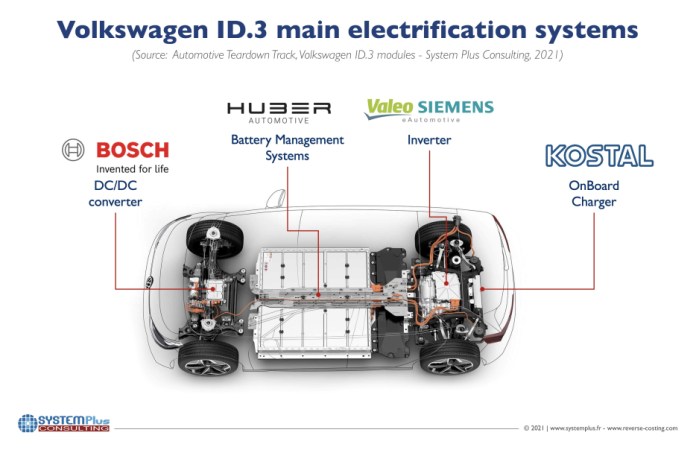
Figure 5: Main electrification systems. Click the image above to enlarge (Source: System Plus Consulting)
At the heart of the ID.3 is the battery. Three battery sizes are available : 45 kWh (with a range up to 330 km), 58 kWh (with a range up to 420 km), and the largest, 77 kWh with a 550-km range. The latter has 12 modules, each of which consists of 24 lithium-ion cells. It operates at 408 V and can also be recharged with direct current, up to 125 kW.
The battery has a dedicated liquid cooling system for optimal temperature management and is housed in an aluminum casing that also has an integrated shock-absorbing frame to maintain the integrity of the components inside.
The inverter, as shown in Figure 6, is designed by Valeo Siemens and uses Infineon’s IGBT and MCU technologies with Intel’s CPLD. Infineon’s IGBT is FS820R08A6P2B (820 A/750 V): a six-pack module optimized for 150-kW inverters. The power module implements the EDT2 IGBT chip generation, which is an automotive micro-pattern trench-field-stop cell design. The chipset has benchmark current density combined with short-circuit ruggedness and increased blocking voltage for reliable inverter operation under harsh environmental conditions.
The inverter consists of three stages. The first is the input stage that outputs a DC voltage from the battery pack and consists of several capacitors and EMI filters. The second stage is the DC/DC conversion using a DC-link capacitor, which filters and smooths out the DC voltage in the DC bus rails. The last stage initiates conversion via high-frequency switching and delivers the inverted power to the load (electric motor).
The DC-link must balance the fluctuating instantaneous power that results as a “ripple” generated by the IGBT stages. A solution can use different capacitor technologies such as aluminum electrolytic, film, and ceramic. The ripples at the DC-link nodes affect performance because each capacitor has a certain amount of impedance (and self-inductance). The cost of this inverter, as Fraux pointed out, is about $335, mainly due to the electronic components. Infineon’s IGBTs and MCUs accounts for nearly 30% of the total inverter cost. (Figure 7).
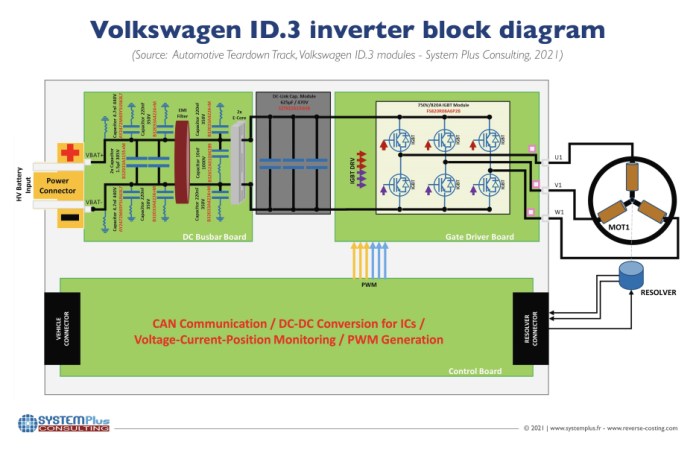
Figure 7: Block diagram of inverter. Click the image above to enlarge (Source: System Plus Consulting)
The on-board charger is manufactured by Kostal in China, with dimensions of 480 × 313 × 102 mm and a weight of 10.48 kg (Figure 8). The hardware choice was directed toward Renesas’s MCU and Infineon’s IGBT/MOSFET, as shown in the block diagram in Figure 9.
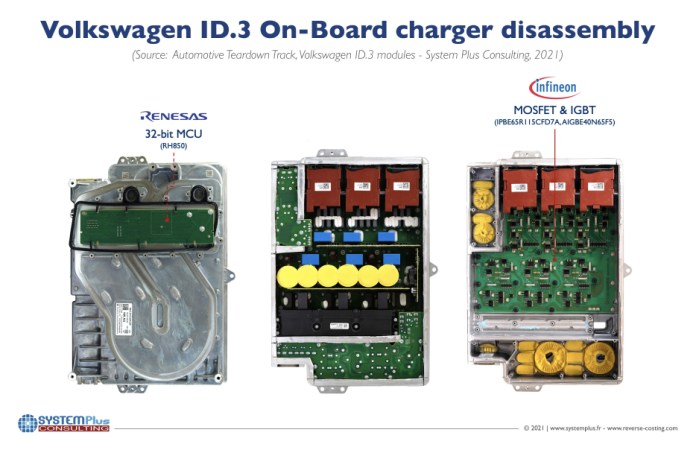
Figure 8: On-board charger disassembly. Click the image above to enlarge (Source: System Plus Consulting)
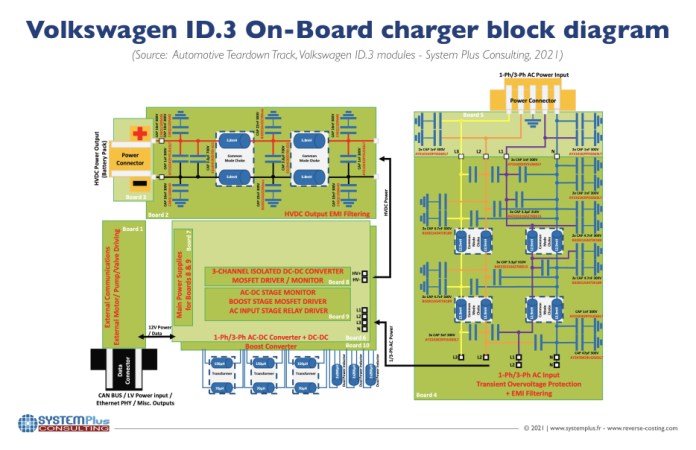
Figure 9: Block diagram of on-board charger. Click the image above to enlarge (Source: System Plus Consulting)
Battery packs mounted on EVs are made up of several cell modules connected both in series and in parallel. The electronic circuit needed for management of the cell modules is called the battery management system. A BMS includes one or more power conversion stages and a MCU-based embedded system for handling all aspects related to the power subsystem. During an EV battery charging or discharging process, it is mandatory to monitor the status of each cell belonging to the battery pack. ID.3’s BMS consists of four slaves and a master with solutions from STMicroelectronics and NXP, as shown in Figure 10.
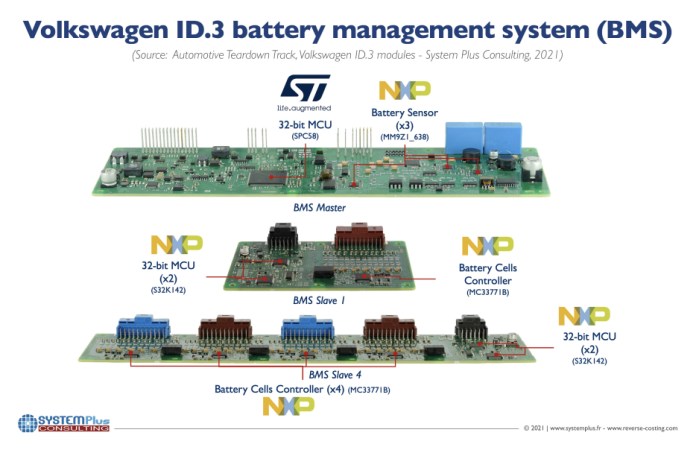
Figure 10: NXP is the main provider for the BMS. Click the image above to enlarge (Source: System Plus Consulting)
The BMS manages the entire array of lithium cells (single cells or entire battery packs), determining a safe operating area, i.e., in which the battery pack guarantees the best technical and energy performance. The BMS is, in practice, is an electronic system for the complete control of all diagnostic and safety functions for the management of high voltage on-board the vehicle and the balancing of the electric charge.
With the increasing adoption of EVs, the impact on the BMS sector will be considerable, as EVs are powered by tens or hundreds of cells. Any mismanagement could trigger huge electrical problems. A BMS optimizes the performance of the electric car and ensures the safety of the battery pack.
The original article posted at sister publication EE Times.
There are many, many proposals for alternative terminology to “master/slave,” none widely agreed upon. The IEEE is often relied upon to determine industry terminology; the organization is in the process of doing so. For now, pending either a new standard or emerging consensus, EE Times continues to employ standard terminology. Read: It’s Time for IEEE to Retire ‘Master / Slave’
Advertisement






